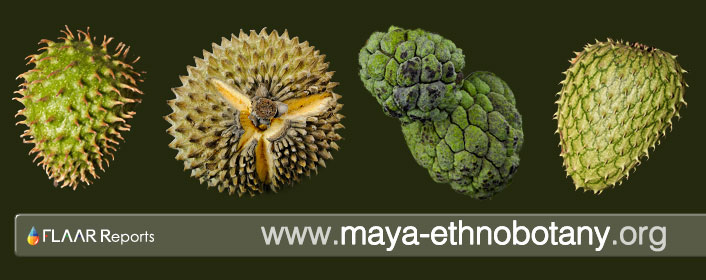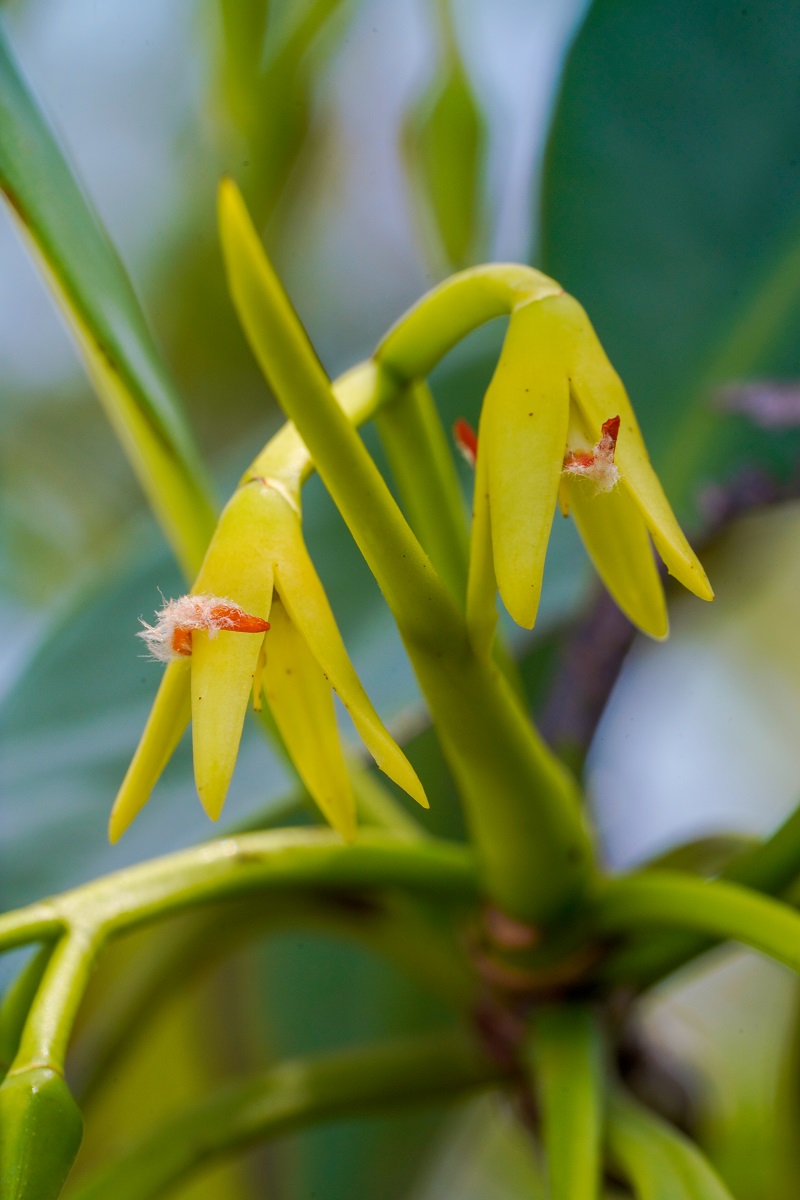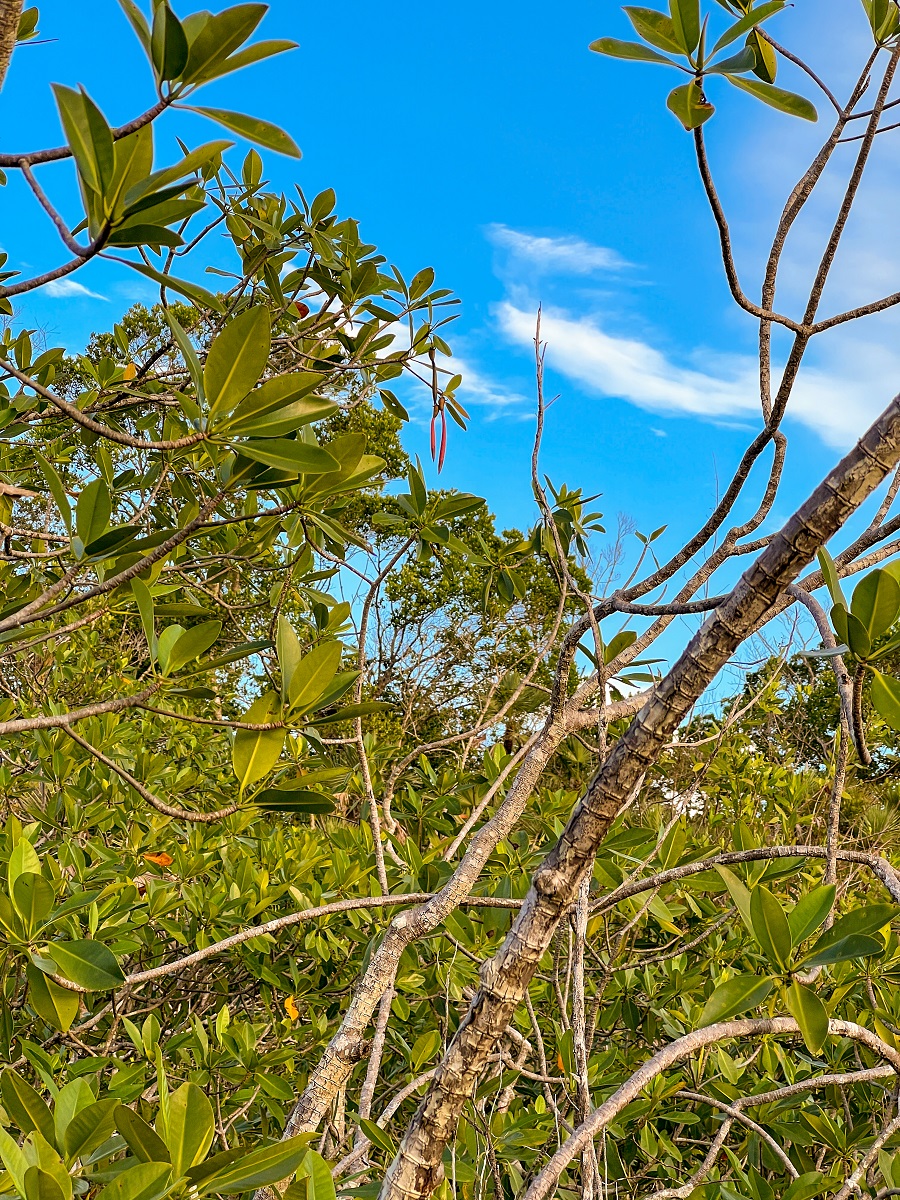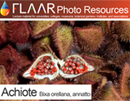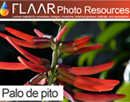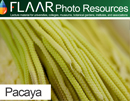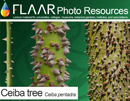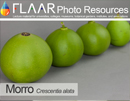When time and funding permit, each flower (each plant species) will have its own page, and its own PDF, and eventually its own PPT so that professors and students have plenty of material on Guatemala (and Honduras, etc) to study.
Heliconia adflexa, Coban, Guatemala, Hotel Monja Blanca, FLAAR, by Nicholas Hellmuth
This space is for flowers
we have recently found and photographed.
|
| Share
|
| Red mangrove (Rhizophora mangle) in Rio San Pedro, Tabasco, México |
Description of Rhizophora mangleThe red mangrove (Rhizophora mangle) is a tree species of the Rizophoraceae family. It’s from 1.5 to 15 m (up to 30 m) tall; the leaf arrangement is opposite/subopposite, leaf type simple, leaf margin entire and shape elliptic (oval). Leaf venation none or difficult to see with a blade length of 1 to 6 inches. Leaf color dark to medium green on top, paler green underneath with tiny black dots that require hand lens to view. White flowers that emerge in clusters of 2-3 on leaf axils primarily early to mid summer, but also year-round. Fruit is egg-shaped with a dry brown cover, persists on the plant; often with a pencil shaped propagule emerging from the base, extending up to 11”, and varying from light green, dark green, to reddish brown. It has showy branches, no thorns. Bark reddish brown and smooth, becoming gray and slightly fissured with age. Roots branched, curved and arched. They have aerial extensions that emerge form the ground and are called pneumatophores. This description has been adapted from the species description of Gillman et al. (2016) and CONABIO (2013). Taxonomy:
Red mangroves in Rio San Pedro, Tabasco, MexicoMexico is one of the five countries in the world with the largest area of mangroves distributed in 17 coastal states of the country on both coasts (Rivera et al., 2020). There’s been six species registered in the country, four of them are the most common and they’re also endangered (Rivera et al., 2020). The red mangrove (Rhizophora mangle) is one of these species. Most of the Rio San Pedro flows within the Yucatan Platform, a massive karst block that forms the Yucatan Peninsula. It runs in a northwest direction from its sources in the El Petén rainforest in Guatemala to the Reforma Waterfalls in Tabasco, Mexico (Aburto et al., 2021). Red mangroves occur along the karstic banks and lakes of the Rio San Pedro between the Reforma Waterfalls and Guatemala’s El Petén Department, where they enter 8 km past the Tabasco-Guatemala border on to the community of San Andrés (Aburto et al., 2021). Red mangroves have drawn researchers attention because their distribution in Rio San Pedro seems uncommon. For a long time, scientist thought that these mangroves were only distributed in salted waters, but turns out that in addition to their ability to grow on seawater, they can establish and grow well in calcic fresh waters without any need for seawater (Aburto et al., 2021). Recently researchers did study where they discovered how the coastal mangroves were established so deep in fresh water, away from the ocean. Turns out that the San Pedro mangrove forests have survived from a past warmer environment where sea levels were significantly higher than at present, high enough to flood Tabasco lowlands of Mexico and reach what today are tropical rainforest on the banks of Rio San Pedro. They reached their current location during the last interglacial period, about 125,000 years ago, and persisted there during the last glaciation (Hook, 2021). This discovery is very important because it shows the extensive landscape impacts of past climate change on the world’s coastlines and highlights that during the last interglacial, much of the Gulf of Mexico coastal lowlands were under water.
Uses, importance and conservation of Rhizophora mangleRed mangroves are used as adhesives in the production of plywood. The bark produces a blue dye for dyeing cotton fabrics. It also has medicinal uses, specifically its barks, leafs and roots. They are also carbon sinks, serve as storm barriers and generate high biodiversity. They represent important systems of energy and participate in soil conservation and erosion control (Martinez et al., 2018). Researchers noted that the region surrounding Rio San Pedro was systematically deforested in the 1970s by a misguided development plan. The area is still threatened by human activities, so researchers stress the need to protect this biologically important area in the future (Hook, 2021). With this study they hope to drag the attention of the government of Tabasco and Mexico’s environmental administration to protect this ecosystem. These red mangroves are warning us about the dramatic impact that climate change could have on the coastal plains of the Gulf of Mexico if we do not take urgent action to stop the emission of greenhouse gases. References Cited
Suggested Reading on Rhizophora mangle
Suggested website links for Rhizophora manglehttps://vimeo.com/493923605 https://colombia.inaturalist.org/taxa/60335-Rhizophora-mangle www.cienciapr.org/es/external-news/raices-del-mangle-rojo-pueden-beneficiar-la-salud www.sdnhm.org/oceanoasis/fieldguide/rhiz-man-sp.html
Posted May 26, 2022.
|
Parque Nacional Yaxha, Nakum and Naranjo
Carnivorous Plants
Plants of Municipio de Livingston, Izabal
- Acrostichum danaeifolium, giant leather ferns
- Bellucia Pentamera
- Bibliography on Grias cauliflora
- Bibliography on Licania platypus
- Bibliography on Mangle negro (Avicennia germinans) L.
- Bibliography on Montriacardia arborescens
- Bibliography on Typha domingensis and Thypha latifolia
- Conocarpus erectus, white mangrove
- Edible Wetlands Plants, Hotel Tortugal
- Heliconia latispatha
- Heliconia wagneriana
- Manicaria saccifera Confra palm
- Neotropical trees of Guatemala need protection
- Nymphoides indica, waterlily flowers
- Pachira aquatica, zapoton
- Bibliography on Pithecellobium Mart., Neotropical trees of Mesoamerica
Ecosystems, Wetlands Aquatic Plants
Smartphone Camera Reviews
Bushes and small trees
Fungi and Lichens
Orchids
- Bibliography Bletia purpurea, aquatic orchid
- Bibliography, Epidendrum radicans
- Bibliography on Habenaria Orchids from Yaxha
- Bibliography, Lycaste virginalis var. alba.
- Bibliography, Macroclinium bicolor
- Bibliography, Prosthechea cochleata
- Bibliography Sobralia macrantha, Lirio de San Juan
- Bibliography, Sobralia xantholeuca
- Bibliography on Terrestrial shade orchids from Guatemala
- Bibliography on Terrestrial sunny orchids from Guatemala
Botanical Terms
Maya and Aztec flavorings for cacao, cocoa, chocolate
- Achiote, Bixa orellana
- Bibliography on Achiote, Bixa orellana
- Bibliography on Esquisúchil, Bourreria huanita
- Bourreria huanita
- Cassia grandis, bucut
- Chile Chocolate
- Chile Chocolate (Capsicum annuum var accuminatum)
- Chiranthodendron pentadactylon
- Cymbopetalum penduliflorum
- Guazuma ulmifolia
- Haematoxylum brasiletto
- Piper auritum, hoja santa
- Piper species
- Quararibea funebris
- Sterculia apetala, castaño
- Tagetes sp., Marigold
- Talauma, a variant of Magnolia
- Vanilla orchid
- Virola and nutmeg
Cacao, cocoa, chocolate
Consulting cacao & Theobroma species
Tobacco Ingredients of Aztec & Maya
Trees of Mesoamerica
- Bibliography on Acacia dolichostachya, Wild tamarind
- Bibliography, Bellucia costaricensis
- Bibliography, Bucida buceras
- Bibliography on Coccoloba belizensis Standl.
- Bibliography on Cojoba sp. and Cojoba arborea
- Bibliography, Ficus.
- Bibliography on Haematoxylum campechianum and H. brasiletto
- Bibliography on Hibiscus pernambucensis
- Bibliography on Ipomea murucoides
- Bibliography on Lacmellea standleyi, lechemiel
- Bibliography on Leucaena leucocephala
- Bibliography on mangle rojo (Rhizophora mangle)
- Bibliography on Manzanillo, Alseis yucatanensis Standl.
- Bibliography on Matilisguate, Tabebuia rosea
- Mangrove swamp Trees
- Bibliography on Ruagea insignis
- Bibliography on Pterocarpus officinalis
Bombacaceae, Bombacoideae
Tropical Fruits of the Maya
- Avocado Hass
- Bibliography on Coloc, Talisia floresii
- Bibliography, Dichogamy of avocado species
- Bibliography on Guayo, Talisia olivaeformis
- Bibliography on Laetia thamnia, Bakelac
- Bibliography on Maracuyá, Passiflora quadrangularis L.
- Bibliography on Punica granatum L., Granada
- Cashew
- Cuajilote, Parmentiera aculeata
- Granada
- Guanabas and Annonas
- Guava, Guayaba, Psidium guajava L
- Introduction to Papaya
- Nance a fruit of prehispanic Guatemala
- Passion flowers and fruits
- Passion flower, giant fruit
- Talisia floresii, Sapindaceae
- Carica Papaya Bibliography
Tropical Nuts
Spices, condiments, food coloring
Medicinal Plants
- Aristolochia, The largest flower in Guatemala, Bibliography
- Asclepias curassavica, bibliography
- Bibliography on Ciricote, Cordia dodecandra
- Bibliography on Contrahierba, Dorstenia contrajerva
- Bibliography on Falso hibisco, Malvaviscus arboreus
- Bibliography on Huele de noche, Cestrum nocturnum
- Bibliography on Lirio araña, Hymenocallis littoralis
- Bibliography on Roble Prieto, Ehretia tinifolia
- Bibliography, Tithonia diversifolia
- Canak
- Calliandra general info
- Guava, Guayaba
- Magnolia and Taluma
- Mayan medicinal plants
- Piper
- Tecomasuche, Coclospermum vitifolium
- Bibliography on Sufricay, Malmea depressa
- Bibliography on Wigandia urens
Underutilized edible plants
Edible Plants of the Mayan World
- Acacia, subin, bullhorn acacia
- Bibliography, Annona muricata
- Bibliography, Annona purpurea
- Bibliography, Annona reticulata
- Bibliography on Chipilín, Crotalaria longirostrata
- Bibliography on Chirimoya, Annona squamosa
- Bernoullia flammea
- Canna indica, tamale wrap
- Cuchamper, Gonolobus
- Guava, Guayaba
- Bibliography, Gonobolus sp.
- Bibliography, Parmentiera aculeata
- Pacaya palm Chamaedorea tepejilote
- Split leaf philodendron, Monstera deliciosa
Plants and trees used to produce incense
Utilitarian Plants
- Bibliography, Acacia farnesiana
- Bibliography on Aechmea bromeliifolia
- Bibliography on Agave americana
- Bibliography, native Agave species from Guatemala
- Bibliography on Anthurium crassinervium (Jacq.) Schott
- Bibliography on Balsa, Ochroma pyramidale
- Bibliography on Bamboo, Guadua longifolia (E.Fourn) R.W.Pohl
- Bibliography, Crescentia alata
- Bibliography, Crescentia cujete
- Bibliography on Hule, Castilla elastica
- Blepharidium guatemalense, irayol blanco
- Crescentia alata, Crescentia cujete
- Tecomasuche, Coclospermum vitifolium
- Bibliography on Coxte, Colubrina arborescens
- Bibliography on Madre cacao, Gliricidia sepium
- Bibliography on Tillandsia usneoides
